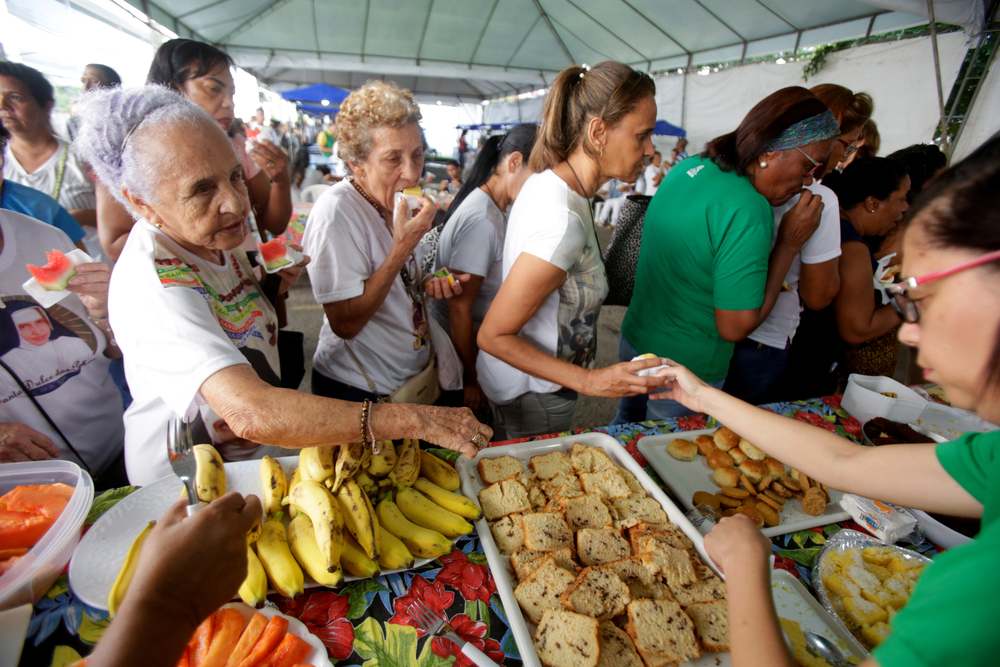
What happens in the body when hunger turns catastrophic? The response is one of survival and warning open to echoes not only for today’s crisis in Gaza but for every war zone where food is used as a weapon and futures hang in the balance.

1. The Body’s Five-Phase Battle Against Starvation
Starvation is not hunger; it is a lethal, orchestrated sequence that puts the body on its knees. First, the body is tapping its reserve of carbohydrates, those “protein bars our body has had to invent so that it can tap into them.” But by day two, they’re depleted, and the body starts breaking down fat. This change in metabolism is controlled through a reduction in insulin and an increase in stress hormones, explained in complete detail by metabolic specialists: a shift in carbohydrate to fat metabolism by the body during starvation mode, with ketones as a second fuel for the brain.

But this survival is only temporary. When fat reserves are used up, the body turns to cannibalizing its own protein muscle tissue, organ tissue, and even the heart. “We essentially eat our own body for nutrition,” says Stephenson. The result? Muscle atrophy, failure of the immune system, and ultimately, organ failure. The end stage is characterized by breakdown of essential proteins, causing swelling, brittle hair, sunken eyes, and eventual death from infection or cardiac arrest.

2. Why Pregnancy Intensifies the Dangers and the Heritage
Her metabolism is already stressed, and the baby is completely dependent upon her for all of her nutrients. “The energy requirements of pregnancy make the requirement for proper nutrition all the more critical,” writes Dr. Mariam Gomaa. Starvation is not simply dying to be triggered in the mother it can reprogram genes in the baby, with changes whose effects resonate through generations. Research has determined that maternal undernutrition during pregnancy has the ability to alter fetal gene expression, which renders the adult susceptible to hypertension, diabetes, and vascular disease. The Dutch famine cohort study famously established a relationship between fetal low birth weight due to exposure to famine and elevated rates of adult hypertension.
This is not an abstraction. Pregnant women in Gaza, weakened by hunger, concerned not for themselves but for their unborn baby: “I can starve for a while, but I don’t think my baby can.” The time is of the essence; starving in the early stages of pregnancy is particularly disastrous, causing premature birth, stunted development, and long-term health consequences for the baby.

3. Children: The Fastest Victims, the Deepest Scars
Kids’ bodies are designed to develop, not to perish. That is why they starve to death so quickly, sometimes within just a week, in the event of the absence of food and medical care. As Dr. Stephenson describes, “When you have severe malnutrition, you’re just on a knife’s edge. It only takes one little thing for you to tip over.” The numbers are tragic: 12.2 million children worldwide live with severe malnutrition, and in crisis zones like Gaza, the death toll increases each day.
Undernutrition in children is not merely weight loss. It’s delayed growth, stunted growth, compromised immunity, and being at a disadvantage for life. Survivors are likely to have lower levels of education and more trouble getting jobs as adults. Long-term research attests that children who survive severe acute malnutrition end up shorter, with less muscle, and more prone to illness even five years afterward.

4. The Humanitarian Response: What Works and Why It Matters
If starvation kills so many, why can’t it be stopped? The reason is complicated, but the past bodes well. Community-managed acute malnutrition (CMAM) has revolutionized outcomes in most nations. Ready-to-use therapeutic foods (RUTF), such as peanut-based paste, can return children to the land of the living. As one review demonstrates, CMAM programs increase recovery rates and are massively cost-saving, particularly if combined with early diagnosis and community outreach.
Success is ubiquitous: Brazil’s Child Pastorate Programme reduced malnutrition rates from 18% to 4% among children up to six years old, while Ethiopia’s Enhanced Outreach Strategy reached 95% of children under the age of five and reduced cases of underweight children by 10 percentage points in more than a year. The takeaway? Early action, community-based outreach, and long-term food aid save lives.

5. How to Back Food Relief in Conflict Areas Effectively
For those outside looking in, the desire to assist is overwhelming, and so is anger. Food relief is a lifeline to Gaza, but bureaucratic hiccups, security concerns, and political constraints mean even altruistic efforts are inadequate. More than 320,000 children in Gaza face acute malnutrition, and more than 500,000 live under conditions of famine, says the World Food Programme. All donations matter, but it matters too to advocate for it: to advocate for humanitarian corridors, to assist agencies with a history of success, and to raise voices for ceasefires. As one person responsible at one aid agency told us, “Your support enables WFP’s emergency operation in Gaza. We have the food. We need the access.”

6. Compassion Fatigue: Caregiving for the Caregivers
For humanitarian aid workers and physicians, the emotional burden of seeing hunger is immense. Compassion fatigue is real, including burnout, irritability, and despair. But resilience can be developed. Research has established that mindfulness, guided meditation, and peer support will decrease levels of stress and increase compassion satisfaction. As one writer put it, “The ultimate goal of compassion fatigue research is to create healthy caregivers that are able to master the art of resiliency and return quickly to high-functioning behaviours.” Paying attention to warning signs and taking care of oneself isn’t selfish; it’s crucial to keeping the battle against hunger going.

7. The Intergenerational Impact and the Path Forward
Starvation’s shadow falls on generations beyond the final meal skipped. Epigenetic studies show that early life and pregnancy undernutrition can flip genes on and off, affect immunity and disease, and epigenetic alterations are passed on from generation to generation. These effects might be reversible, but the window is narrow in the first 1,000 days of life.

But there is hope. As Dr. Stephenson instructs us, “It is possible, if you get them through that one bad, worst period of their childhood, that they could be OK. All hope is not lost.” The science is unequivocal: early nutrition, clean water, and loving care can even repair extreme malnutrition. For every child, every mother, and every community, that’s a future worth fighting for.


